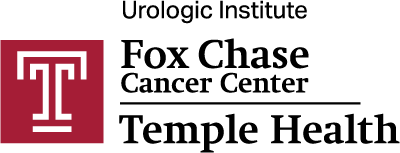Breaking Down Updated Aortic Guidelines for Echocardiographers
Article Summary
- Updated guidelines from the ACC and AHA aim to bring more clarity to providers diagnosing and managing aortic conditions.
- Normal dimensions for the aorta can vary depending on the patient’s sex, age, and size, so clinicians should use indexed parameters whenever possible.
- Even though CT is the gold standard, echocardiography can be faster and more accessible, making it an important player in aortic imaging.
In 2022, the American College of Cardiology and the American Heart Association released updated aortic guidelines that synthesized some 20 separate guidelines issued by nearly as many organizations over the previous 12 years.
The result gives a bit more clarity to cardiologists and cardiac imagers, but there’s still plenty of room for debate. From different approaches to assessing whether an aorta is “normal,” to determining the right imaging modality to use, there’s still a lot of controversy around how to measure and describe the aorta, says Martin Keane, MD, FASE, Medical Director of Echocardiography Laboratories at Temple University Hospital.
“For something that’s basically a tubular structure with a little bit of muscle and some intima, there’s a lot to talk about with the aorta,” he says. “Yes, it’s just a tube, but it’s an important tube.”
Experience-Informed Approach for Comprehensive Diagnoses
Identifying abnormalities and predicting the risk of complications hinges on determining whether the aorta is a normal size and shape. But a “normal” aortic diameter can vary depending on gender, age, and body size, Keane notes.
Guidelines for indexing the aortic size based on body surface area have been available for decades, but too often providers don’t use them. In addition, there’s growing evidence that indexing aortic size to the patient’s height is a more accurate indicator, in addition to being easier to calculate.
“At the very least, we really need to use available age and gender-based aortic diameter criteria,” Keane said. “But we should try and apply index parameters wherever possible.”
Operational Innovations for Better Patient Care
Even though many consider CT scans to be the gold standard for imaging the thoracic aorta, echocardiography still has an important role to play in aortic imaging, he said. Both TTE and TEE have been shown to compare favorably with other techniques, particularly because they can be quicker and easier to access than CT or MRI scans.
Echocardiography can be used to diagnose and monitor a variety of aortic syndromes, from aneurysms, to Marfan syndrome, to dissections. However, clinicians should still confirm findings with other modes of imaging.
“We shouldn’t underestimate our abilities, even though we have our limitations,” he said. “Transthoracic and transesophageal echo are both excellent ways to image the aorta.”
Keane shares more insights into aortic guidelines for echocardiographers in this presentation.


